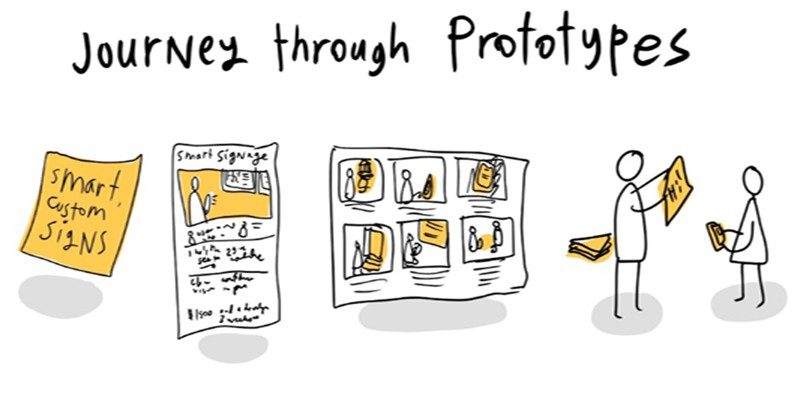7 Simple Steps to Create a Prototype of Your Software Product

How do you know if your software product idea will be successful? The best way to answer this question is to create a prototype, which will give you an opportunity to test and validate your idea, as well as its usefulness to the customer. This article discusses the 7 steps involved in creating a prototype of your software product.
Step 1: Use Notepad
The first step in creating your prototype is to launch Notepad (or your text editor of choice). This will be where you’ll input all the information related to your product. What makes this an excellent starting point for software products is that it’s free and easy to use, with no limitations on how many files you can open or save at once.
Step 2: Collect Data
Before you can start prototyping your software product, you need to have something to work with. This is where data collection comes in. You’ll need to gather information about your target market, user needs, and business goals. Once you have this data, you can start thinking about how your product will meet those needs.
Step 3: Design Screens
The design phase is where you’ll start putting your product together. You’ll need to design each screen and its functionality. Keep in mind the user flow and what actions users will need to take. Each screen should be designed with the user in mind.
1. Sketch out a rough idea of each screen on paper or in a design tool like Photoshop.
2. Start with the home screen and work your way through the different screens users will encounter.
3. For each screen, think about what information needs to be displayed and how users will interact with it.
4. Once you have a good understanding of the different screens, you can start designing them in more detail.
Step 4: Write Code
You’ll need to write code for your prototype. This can be daunting if you’re not a coder, but there are plenty of resources available to help you get started. Don’t worry about making your code perfect; the goal is just to get something that works. To make it easier, you might want to break up the coding into smaller tasks and plan each out before getting started on them.
Prototyping is as much about experimenting with different ideas as it is building functional software – and prototypes don’t have to look pretty or be bulletproof. Just remember: don’t try to do everything at once or you’ll end up wasting time by constantly starting over.
Step 5: Test on Real Users
One of the most important steps in creating a prototype of your software product is testing it on real users. This will help you see how they interact with the product and what areas need improvement. Plus, it’s always good to get feedback from users early on in the development process. Here are seven steps to take when testing your prototype on real users – Ask questions: Questions should include their first impressions of the prototype and what they think could be improved.
– Observe: Watch them use the prototype and make note of their reactions or any unexpected things that happen during usage.
– Take notes: You can jot down anything noteworthy about them or their experience for later analysis.
– Offer answers to questions: If they have any questions about the prototype, answer them as best as possible at this point in time (you might not know all the answers yet).
– Offer constructive criticism: Be open to hearing criticism so that you can learn from it for future prototypes. Constructive criticism is better than no criticism at all because at least you know where your prototype needs work.
Step 6: Refine the User Experience
Now that you have your prototype, it’s time to start refining the user experience. This is where you’ll take what you’ve learned from your users and start making changes to the design, flow, and functionality of your product. These changes can be small or large, but they should all be aimed at making your product more intuitive and easy to use. By taking the time to refine the user experience now, you’ll save yourself a lot of headaches down the road.
Step 7: Do it Again
In software development, the process of creating a prototype is never really done. You can always improve upon your design, and as you learn more about your users and their needs, you’ll want to go back and update your prototype accordingly. That’s why it’s important to keep your prototype flexible and constantly evolving. By following these seven steps, you can create a prototype that will help you streamline the development process and make your software product more user-friendly.
